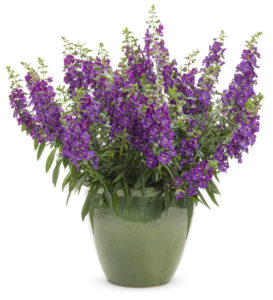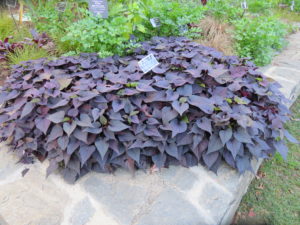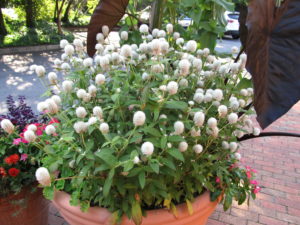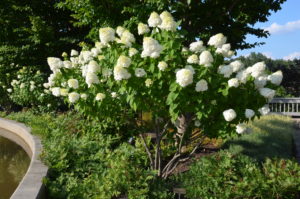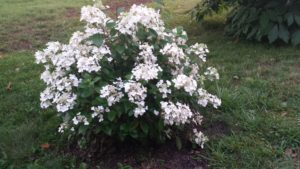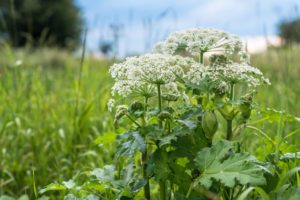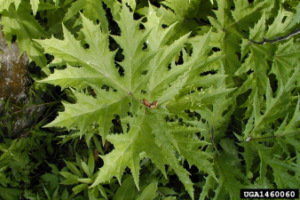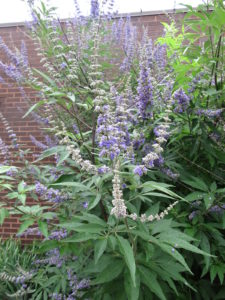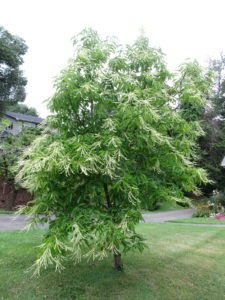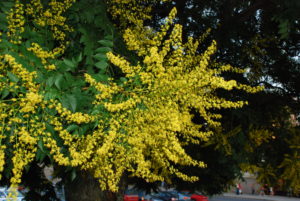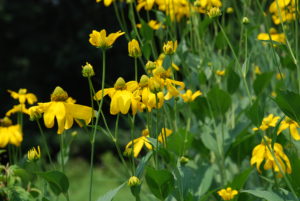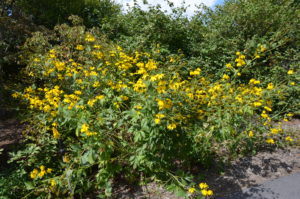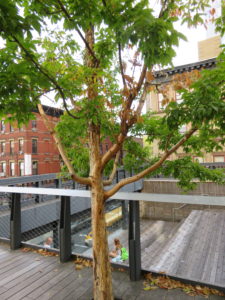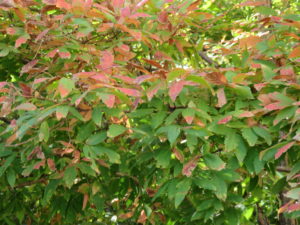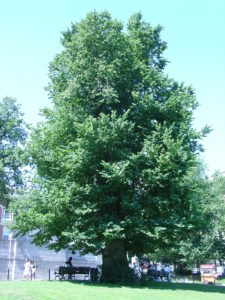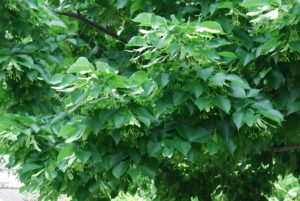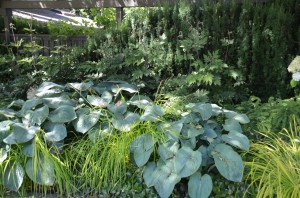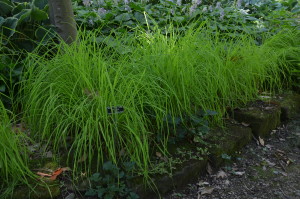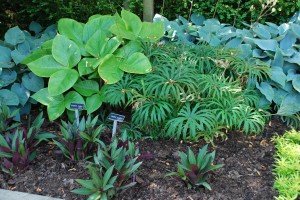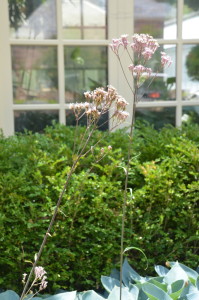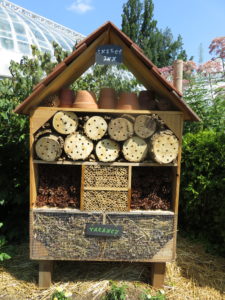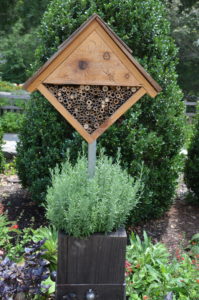Not all annuals grow well in containers. An aggressively growing annual may not be a suitable companion plant in containers. Small containers dry out quickly. Large containers, a minimum of 16 inches across, should be your beginner size. For an eye-catching container garden, utilize plants that require the same care but differ in colors, heights, and textures.
I’ve selected a dozen annuals (list below) that beat the heat. They must stay hydrated (watered) and container size is of importance here. Group a variety of annuals that are compatible with one another. One does not outgrow another and they like to same diet that includes water plus fertilizer. Usually in spring, give them a drink every other day. Your container will likely need watering everyday or 3-4 days a week. To know for sure, poke a finger an inch or two into the soil (potting media).
If you rely on rain to water your plants, much of the precipitation will repel off the leaves and fall away, rather than moisten the soil. Don’t trust that rain is supply your plants during the growing season. Hand watering with a hose will do a better job.
To ensure that your annuals bloom all season, deadhead spent blooms that look wilted or dead. Provide a clean fresh appearance of new blooms all summer long. Fertilize at planting time using a slow release product such as Osmocote™ or Nutricote™ according to the label directions. By mid-summer plant nutrition is exhausted. Apply water soluble fertilizers such as Miracle-Gro™, Schultz™, or Peters™.
A Dozen Summer Heat And Humidity Tolerant Annuals
Persian Shield (Strobilantes)
Globe amaranth (Gomphrena)
Egyptian star flowers (Pentas)
Fanflower (Scaevola)
Marigold (Tagetes)
Mexican sunflower (Tithonia)
Summer snapdragon (Angelonia)
Setcreasa pallida ‘Purple Heart’
Lantana
Dichondra
Euphorbia
Ornamental Sweet Potato (Ipomoea batatas)

